New Zealand’s trade figures for October have shown significant decrease in both goods exports and imports, leading to a narrowed monthly trade deficit. Exports fell by NZD -552m, or 9.3% yoy decline, totaling NZD 5.4B. Imports also saw a substantial drop of NZD -1.2B, or -14% yoy, to NZD 7.1B. Trade deficit consequently narrowed from NZD -2425m to NZD -1709m, which is larger than expected deficit of NZD -1150m.
A significant aspect of these shifts was the marked decrease in both exports and imports to and from China. China, being New Zealand’s top trading partner, saw the highest monthly fall in exports with a decrease of NZD -308m, amounting to – 19% reduction. This decline was echoed in imports from China, which fell by NZD -353m, a decrease of -18%.
Other key trading partners also showed varied trends. Exports to Australia decreased by NZD -128m (-15%), and to EU by NZD -84m (-24%). In contrast, exports to US slightly increased by NZD 2.9m (0.5%), and to Japan by NZD 25m (9.3%).
In terms of imports, apart from China, EU and US also registered significant drops, with decreases of NZD -138m (-11%) and NZD -146m (-20%), respectively. Imports from Australia and South Korea saw reductions of NZD -35m (-4.4%) and NZD -133m (-23%), respectively.
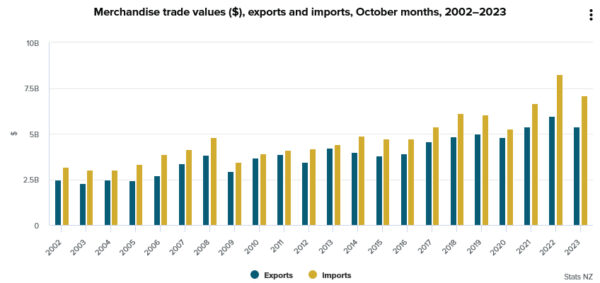
Full New Zealand trade balance release here.



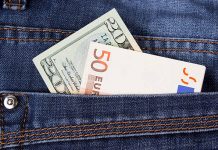
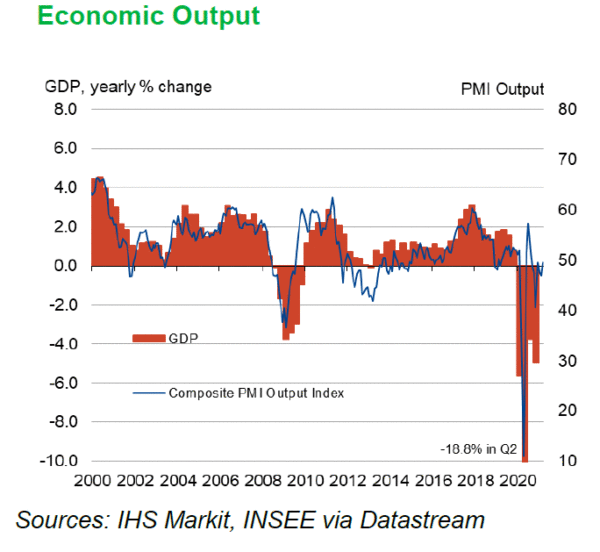
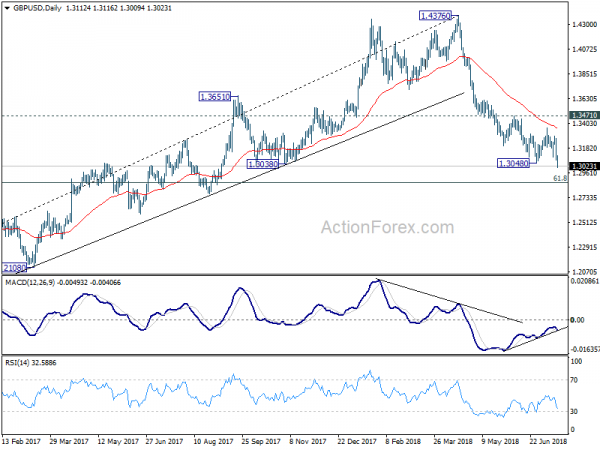
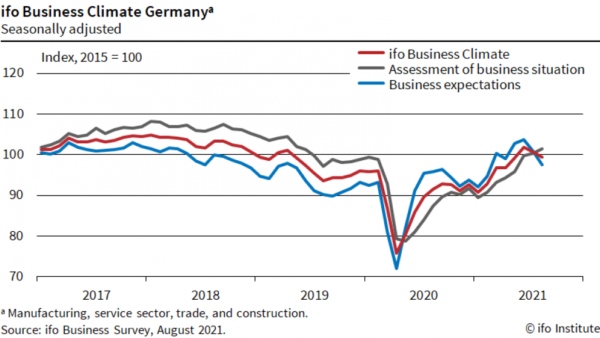
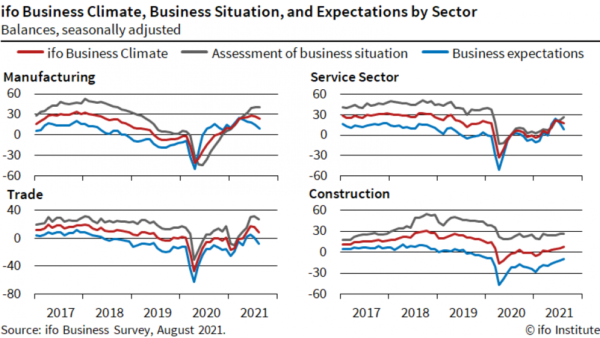

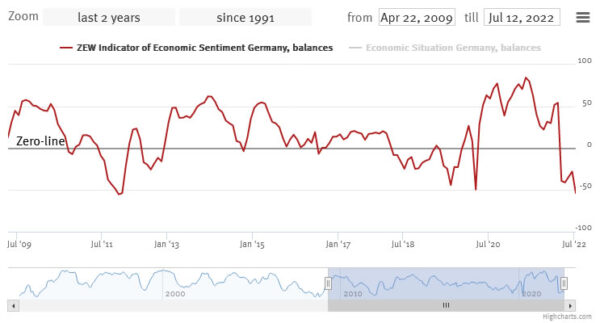
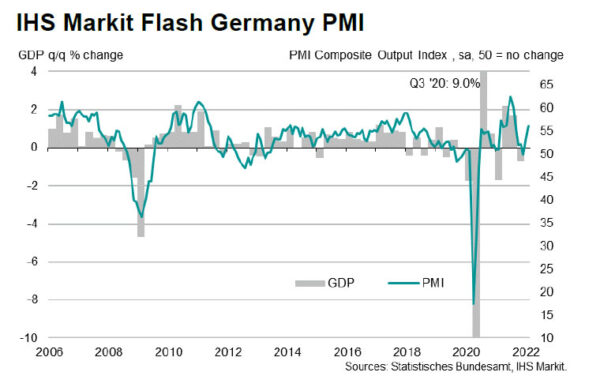
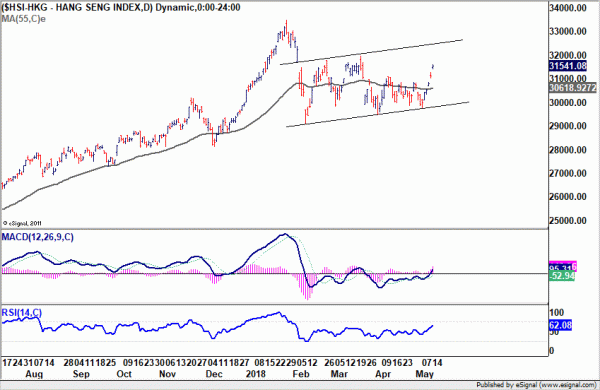
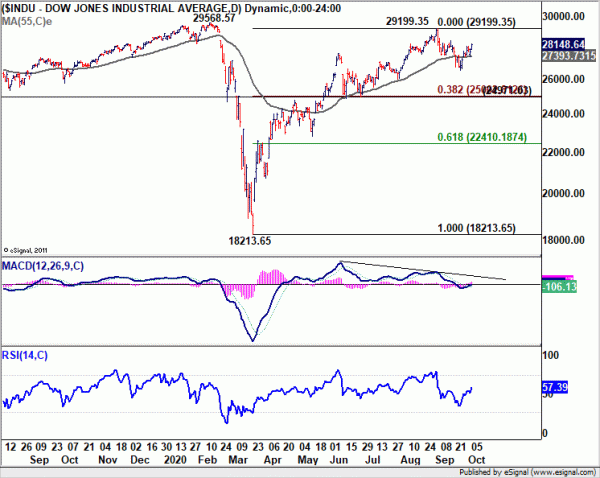
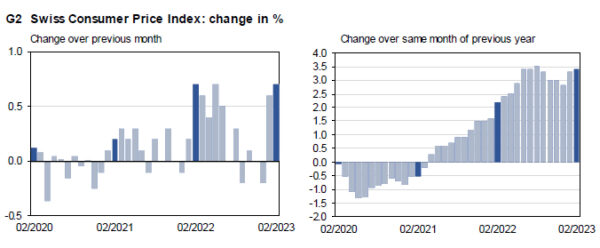
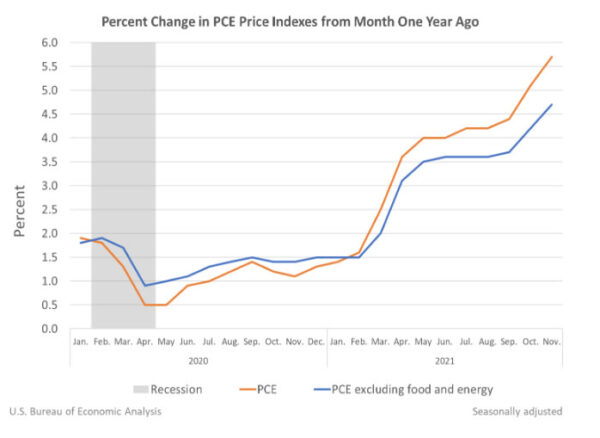

BoC governor Tiff Macklem press conference live stream
By loading the video, you agree to YouTube’s privacy policy.
Learn more
Load video